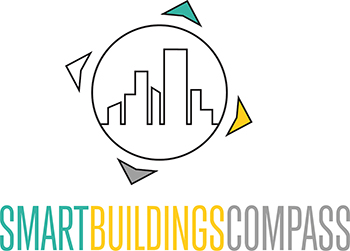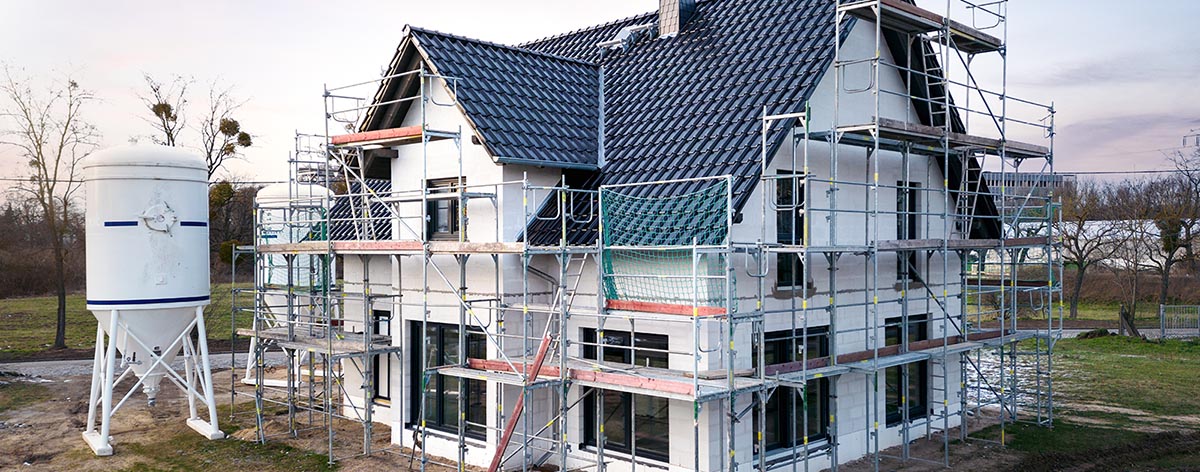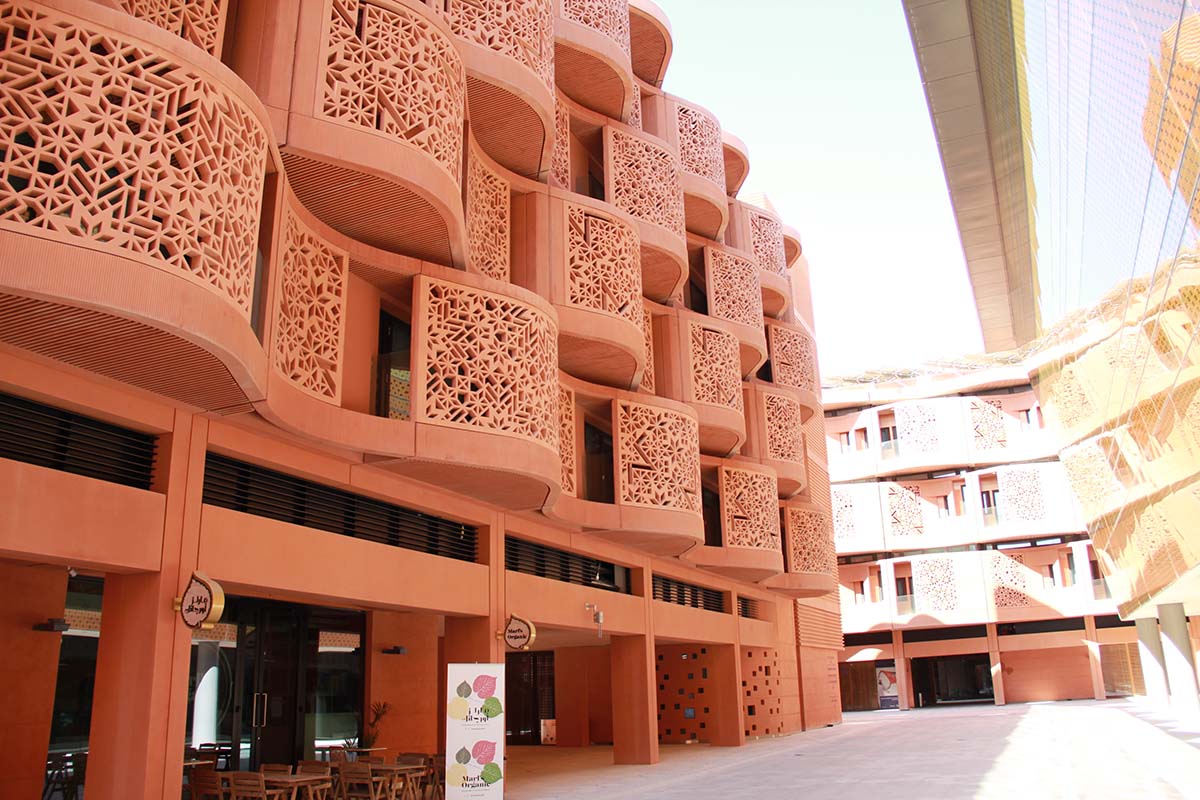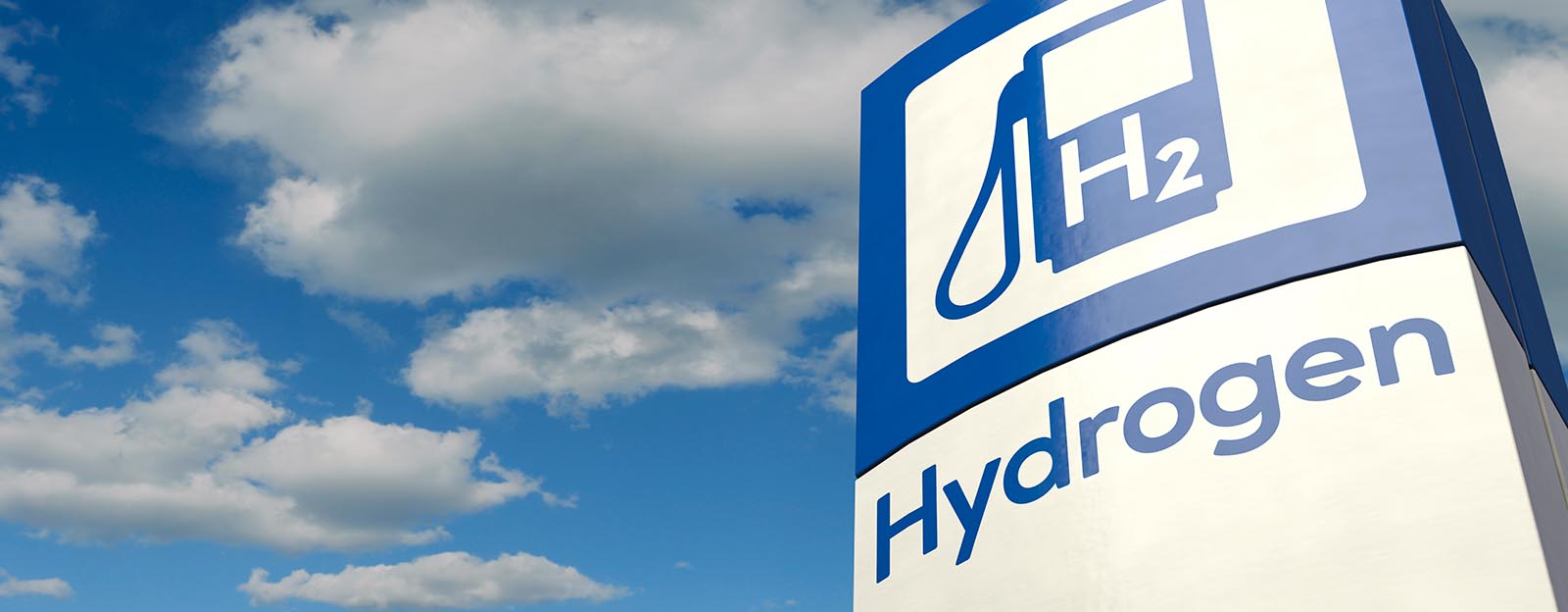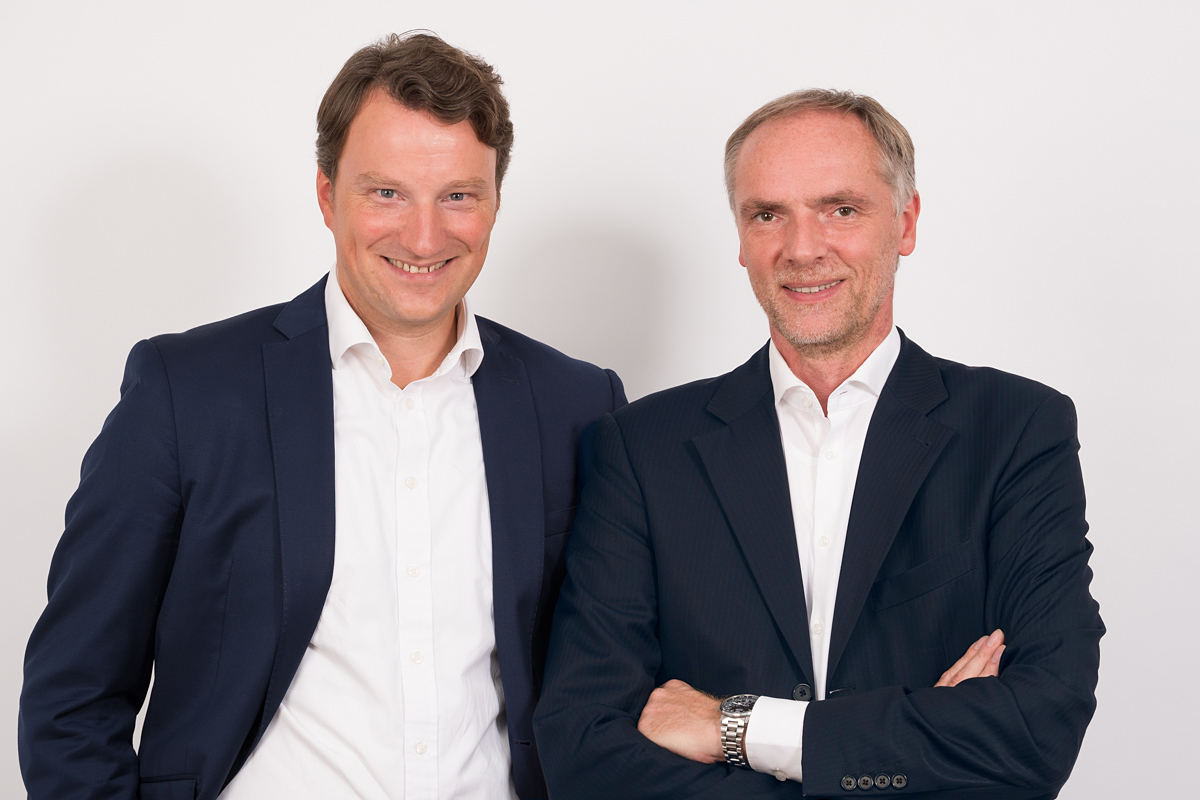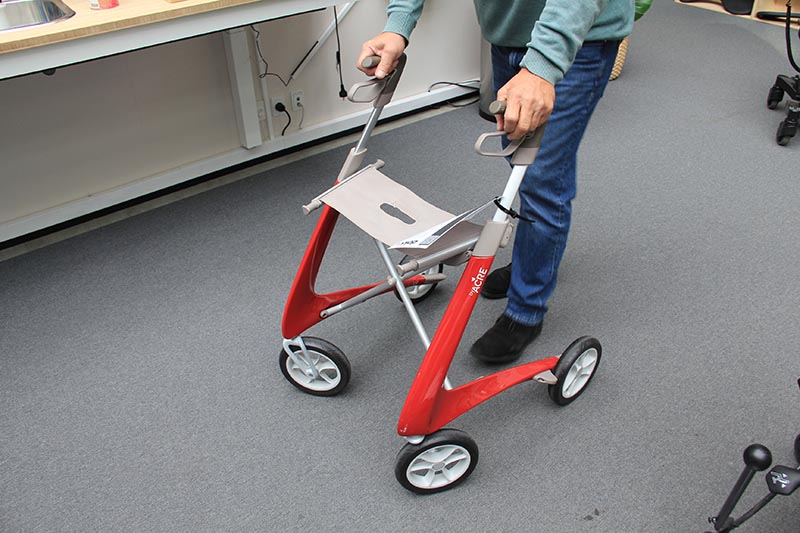The desire is understandable given the high energy costs: To generate electricity ourselves and consume as much of it as possible. Wind power also produces when the PV systems are not active: At night and in winter. SBC editor Susanne Karr has looked at the most important questions: Do small wind turbines make sense? What are the legal regulations, taking Austria as an example? And what are the advantages and disadvantages?
Our conclusion: The example of Austria shows why small wind power is finding it difficult to develop.

Small wind power: A small niche
Wind power has good prospects in the course of the energy transition. The coupling with photovoltaics is particularly impressive: If the PV system shuts down production in the evening, wind power takes over. This combination is already being used for large wind turbines throughout Europe.
However, the question of whether small wind turbines make sense for private use is currently met with a sobering answer: Hard to say. Firstly, the fragile structures usually fly apart quickly, as the material and construction quality of the cheap wind turbines is poor. Secondly, in order to achieve relevant results, it is necessary to build relatively high up, which is expensive and complex. Thirdly, building permits from the Austrian municipalities are difficult to obtain.
In a nutshell: Federal laws and regulations are good, but the energy transition is decided in the federal states.

Small wind power remains a niche market in Austria, explains Martin Jaksch-Fliegenschnee (pictured left) from IG Windkraft: “Municipalities often don’t have the confidence and sometimes demand investigations as they do for large wind turbines. The federal states are often not supportive either. However, the energy transition requires the support of the federal states and municipalities. Without this, climate protection and energy independence are not possible.”
Trap for flying animals
Wind turbines are unpopular. A major argument is that they become deadly traps for flying animals – regardless of the size of the system. But there are counter-strategies: A study by the Michael Otto Institute in Bergenhusen came to the conclusion that the disturbance and risk of collision of these animals is influenced less by the size of the turbine than by the choice of location. According to the report, wind turbines should be avoided above all near bodies of water, in forests and on mountain ridges with a high density of birds of prey, as this is where most accidents involving birds or bats occur. It also makes sense to configure the wind turbines parallel, and not across, the main flight directions of migratory birds, for example. Conclusion: The flight routes should be included in the projects from the planning stage onwards.
Wind conditions – a decisive factor
A decisive factor is the geographic location and the amount of wind, as well as the free flow without obstacles such as buildings or plants. This is why measurements are needed before installation to collect precisely this data.
Often asked: If intense weather events tend to increase, does this also apply to the occurrence of wind? The answer from research: Difficult to say. Evaluations of high-resolution climate model data by the Karlsruhe Institute of Technology and the University of Cologne revealed that wind energy production in Europe and its development up to the end of the century cannot be predicted. This requires further research and more time.
However, there will be regional differences: In Turkey and Spain, the expected changes are +/- 20%, and seasonal differences are also becoming clearer: Production will fall in summer and increase in winter.
"Reasonable form of energy supply if the location is right"

We asked Anton Ettl from the Lower Austrian energy supply company EVN about the future development and use of small wind turbines in Austria.
EVN has been operating the Lichtenegg Energy Research Park, a test site for small wind turbines, together with the University of Applied Sciences Technikum Wien for over 10 years now.
(Photo credit: EVN)
SBC: In the meantime, wind power has achieved measurable success as a renewable energy source. In the field of small wind power, however, these cannot be repeated so easily. Positive and negative assessments are contrasted. What about the efficiency of small wind turbines and what are the possible obstacles to their use?
Ettl: With regard to the lower efficiency of smaller turbines, it should be noted that obstacles close to the ground such as bushes, houses and trees have a significant influence because they slow down the wind power. This creates turbulences. At higher altitudes, we have more even wind currents, and large wind turbines with a hub height of up to 160 meters benefit from this. This is the reason why small turbines cannot be compared with large-scale wind power.
Before installing a small wind turbine, the location is particularly important. The system should be designed according to the main wind direction. The rated output of small wind turbines is only realized at relatively high wind speeds from approx. 10 m/s. For a system with an output of 3 kW, for example, this output can only be achieved on very windy days. The annual average wind speed should be 11 to 25 km per hour, i.e. an average of 4 m/sec. If the average annual wind speed reaches this value, this location should be considered for a small wind turbine. Analysis and evaluation of the locations are important.
SBC: How does such an evaluation in advance work?
Ettl: The preliminary analysis is more complicated than with photovoltaics. Functional simulation programs are available there. You enter the basic data, the inclination and orientation of the modules, all relevant components, and receive a detailed yield forecast. You can see what you can expect from this facility. There are no such simulation programs for small wind power. As a first step, you can only use wind maps.
For an accurate forecast, wind measurements are required, preferably at the exact location and hub height at which the turbine is to be erected. You should measure for a whole year. As you can see, this is time-consuming and cost-intensive.
SBC: We often hear subjective statements from people who observe that the wind is increasing with climate change, so it would still make sense to invest in this research. Can this be confirmed?
Ettl: You would have to consult meteorology. From our own research at EVN Naturkraft, there is no objective evidence that the wind is increasing. However, it is difficult to develop an accurate picture because most of our wind turbines are less than 20 years old. The measurement period is too short to draw any conclusions. It may be possible to observe a different distribution of wind events. And the intensity of weather events, e.g. extreme amounts of precipitation followed by drought, is increasing. But I can’t say whether this doesn’t even out over the year.
EVN has been operating the Lichtenegg Energy Research Park together with the University of Applied Sciences Technikum Wien for 10 years. (Credit: EVN)
These are tests that check the material and construction quality of the products, for example. (Credit: EVN/Ettl)
Hybrid forms combine small wind power and photovoltaic systems: While PV is particularly productive in summer and at midday, wind power tends to be used in the evening and at night. (Credit: EVN/Ettl)
Many of our readers have requested this research. We want to build up a medium that is geared to your needs. Tell us which topics interest you – take part in our survey!
SBC: Independently of this, do you see a useful application for small wind power in Austria?
Ettl: Small wind power is a sensible form of energy supply if the location is suitable. The positive aspect of this would be that the yield behavior can be supplemented very well with photovoltaics. This tends to be more abundant in summer, especially around midday, and wind power tends to be more abundant in the evening and at night, as well as in the fall-winter months. If you consider that we need more electricity for electrification, e.g. for heating in the form of heat pumps or electromobility, etc., where photovoltaics are no longer available, this is a sensible alternative or supplement. Because we have to get out of oil and fossil gas.
SBC: Actually, one wonders why there aren’t more small wind turbines nationwide?
Ettl: I see three major problem areas here in Austria. One problem area favors the other.
There is 1) the approval hurdle. Construction is subject to planning permission, so the respective mayor is responsible. Complicated and expensive expert opinions have to be obtained in advance. A sensible manufacturer therefore provides support right from the start of the project, which is international practice. In Austria, however, this process is tough because the market is not attractive for small wind turbines. This is a problem for the entire industry. Interested parties often feel left alone with the requirements.
The second point would be cost-effectiveness: Wind power systems are much more expensive than photovoltaic systems if you look at the price per kilowatt. The amortization periods are moving far back. The investment will only pay for itself in 20 years. By way of comparison: Photovoltaic systems pay for themselves after 10 or 12 years, depending on the size of the system and the market situation. Prices for small wind turbines are stagnating, they are not going down. Unlike photovoltaics, where modules and installation costs are getting cheaper and cheaper. There is also no sensible subsidy system for wind power, because the subsidy only starts at 20 KW. However, customer interest starts at 1 to 10 KW.
And the third point is the non-transparent market. There are few system manufacturers in Austria that are certified according to the standard. As a private interested party, you don’t know whether the systems have been officially inspected and whether there is reliable data. Testing according to the IEC standard costs a 6-digit euro amount, which is why there are few certifications. For this reason, the Lichtenegg Energy Research Park offers measurements to create transparency. We act as a measurement and testing service provider.
Unfortunately, there are also manufacturers who publish data on homepages that is not physically tenable, or who give a false number of reference projects that we know do not even exist. If there are such manufacturers, it harms the market.
SBC: Reference projects are certainly important for potential customers.
Ettl: It is very important to name reference systems so that interested parties can get a feel for how they work, possible stumbling blocks, spatial perception, sound development, etc.
SBC: What would you recommend for Austria?
Ettl: More research! A standardised authorisation guideline would also be essential. A guideline that communities can use for orientation. Those responsible in the municipalities are sometimes not to blame if small wind turbines are not erected because the issue is difficult to assess. It would also be a good idea to start the subsidies from 1 KW, as these are the quantities that private users are aiming for.
SBC: How do you explain the hesitation? Has the explosive nature of climate change not been recognized?
Ettl: Yes, society has become aware of the climate crisis. But the topic of small wind power is not sufficiently present, even though there is interest and potential. Even if small wind power will not be the big savior, every contribution makes sense if you consider the appropriate areas of application. Relevant is the use on the outskirts, for example for agricultural and commercial operations or sewage treatment plants. They are not useful in built-up areas or cities because of the flow obstacles created by buildings etc. This can only be prevented if the system towers above these obstacles – and this in turn has an impact on the townscape. Small wind turbines also have effects such as noise emissions or shadow impact. These points can also pose a problem in residential areas.
SBC: So the bottom line is that you consider the use of small-scale wind power to be sensible and worthy of support. In your opinion, what does it take to develop a market?
Ettl: Yes, we would need something that private interested parties can use as a guideline or a guiding principle. That you are accompanied during the claims and expert opinions. Even small contributions on the way to a renewable energy future are positive. You have to look at all forms of renewable energy if you want to slow down climate change.
Thank you for the interview!
You can find out more about the Lichtenegg Energy Research Park here: energieforschungspark.at
IG Windkraft (Austria): igwindkraft .at
Share this article:
